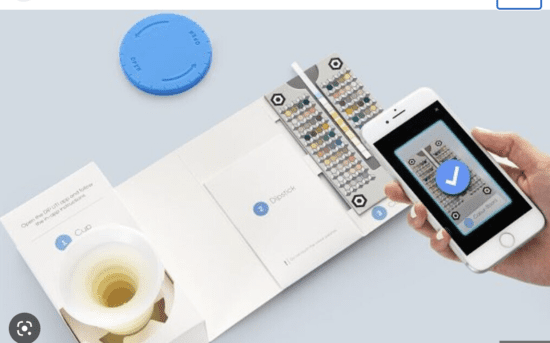Healthcare will be very different in the future, thanks to technologies like sensors, wearables, cell phones, computers and AI. The combination of these technologies will allow the remote provision of care for many situations and conditions. This will usher in an era of convenience and, I believe, better care. Why better care? Because people spend more than 99% of their time outside the clinical setting, and being able to monitor and manage them there will improve outcomes for them, as well as being more convenient. This is all very exciting, but it also comes with a challenge. The remote management of conditions will require a lot of heavy lifting and the current healthcare system isn’t set up for it. There aren’t enough providers to take care of patients in the clinical setting AND when they’re out in the wild.
That’s where AI comes in. As great as it is to have technologies to monitor patients and collect data, the most difficult part of remote patient management won’t be data collection. It will be combining that data with other relevant data for that patient, making sense of it and formulating a plan of action. All of this can be done by AI. As such, AI will be a central technology to how medicine will be practiced in the future.
Our smartphones and wearable devices are being turned into powerful at-home diagnostic tools, and it’s all thanks to AI. Companies such as Healthy.io use cell phone cameras and AI for doing urinalysis at home. It has a product called Dip.io which uses a regular urinalysis dipstick to monitor urinary infections. The test strips are analyzed under different lighting conditions and camera quality through computer vision algorithms. Already commercially available in both Europe and Israel, Dip.io has also been cleared by the FDA.
Besides home testing, point of care testing at the doctor’s office or in other settings (including home visits by concierge services) is another key application of AI. Sight Diagnostics has a portable device that uses computer vision to do CBC and chem panels in ten minutes at the point of care. This could lead to self-service labs at the office and unlock time savings, faster treatment decisions and cost savings.






